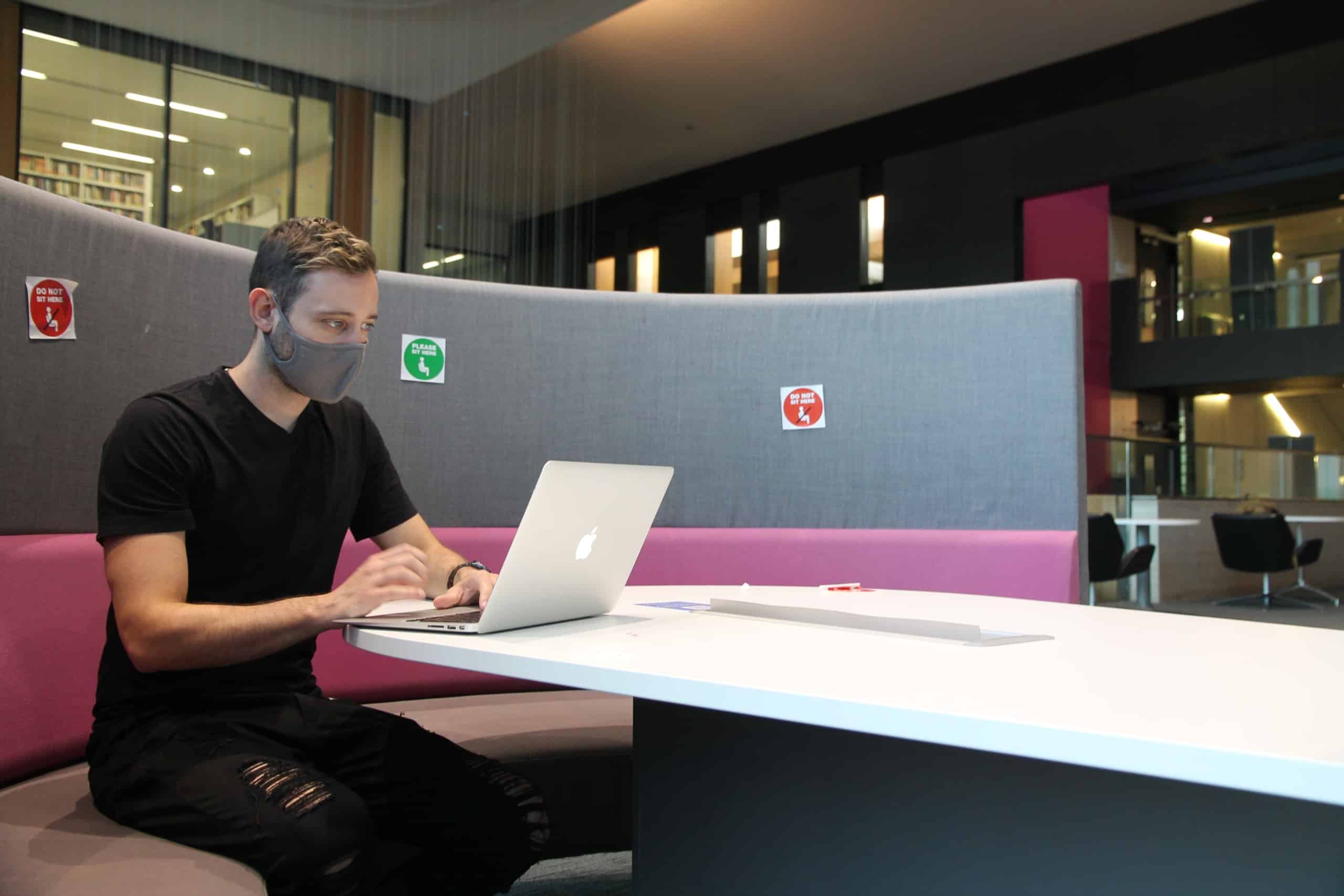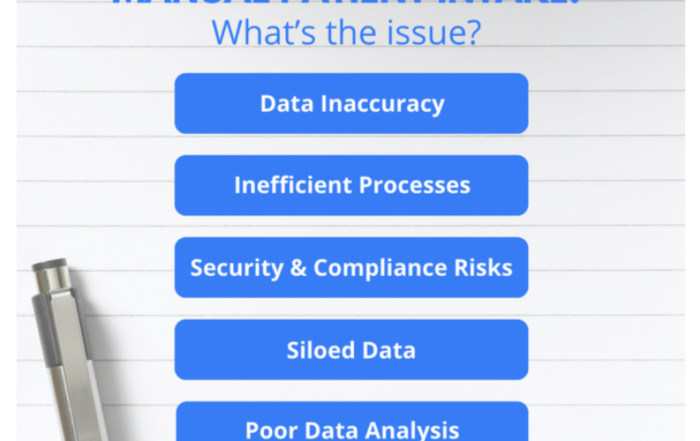With the United States now being the #1 country with the most confirmed cases of COVID-19, more than ever are self-quarantining. Although social distancing and physical isolation are the primary methods of preventing the Coronavirus from spreading, these practices’ effects can be detrimental to your mental health. As we stay indoors awaiting the virus’s passing, we must do everything we can to control our mental state.
Photo by Toni Koraza on Unsplash
The Medical Side of Social Isolation:
Social isolation has been proven to slow the distribution of diseases effectively. Government officials are recommending:
- Maintain at least 6 feet away from others
- Avoid public transportation
- Cancel nonessential travel
- Work from home whenever possible
- Skip large social gatherings
Unbeknownst to most, social isolation can increase our anxiety and depression within just a few days. Distancing has such a major impact on our lives because the relationships with our friends and family help us cope with the stressors of our daily lives. In America, 77% report having close relationships that provide emotional security and support their general well-being. These relationships are most common among high-income earners, Americans aged 65+, those with a graduate degree, and married couples.
Engaging in social isolation – temporary or prolonged – is the perfect opportunity for mental conditions to transcend into physical, including high blood pressure, heart disease, cancers, and strokes. Other serious conditions social isolation can lead to are obesity, cognitive decline, Alzheimer’s, and various forms of depression.
Social isolation can also make us feel lonely. COVID-19 has influenced the hike in remote work and online classes, and with younger generations being more likely to experience loneliness, various indicators are increasing. In America, 61% say those around them don’t share their interests or ideas, 58% think no one really knows them, 52% feel left out, and 49% say they don’t have friends. Moreover, 52% of remote workers feel isolated, and 63% of remote workers lack friendships.

Quarantining Is Introducing Healthy Brains To Mental Health Issues
Interestingly enough, individuals who have never before had a single mental health issue are now experiencing difficulties sleeping, finding a normal routine, and concentrating. If you are experiencing any aforementioned, consider adjusting your intake of physical activity, social interaction, and sleep. Americans reported less loneliness when they got just the right amount, not too little and not too much) of those engagements.
Generation Z, our youngest alive, is experiencing these feelings the most. Based on UCLA’s Loneliness Scale, a score of 43+ indicates loneliness. Here is a breakdown of Loneliness Scores by generation:
- Generation Z: 49.9
- Millennials: 47.7
- Gen X: 47
- Boomers: 43.2
On the other hand, those with pre-existing conditions are having their symptoms exacerbated while under quarantine.
For example, those with Obsessive-Compulsive Disorder (OCD) are likely facing incredible challenges under quarantine. Our new requirements for hand-washing and not touching our faces may lead them to spiral out of control in their repetitive cleaning behaviors. This can go on to distract those with OCD from their other necessary tasks.
Those with anxiety are likely to be undergoing similar experiences. Social isolation can draw those with anxiety to feel uncertain, less control over their lives, and leave them in a state of waiting for new developments. Those with mental health conditions who are now stuck working from home may experience these symptoms even heavier.

Photo by Rick Gebhardt on Unsplash
Adjusting To Social Isolation: Mental Tips & Tricks
Your environment plays a major role in your mental state. This is why organizing your space and staying connected with your loved ones is extremely important in managing your mental health under quarantine. Here’s how you can do so:
- If working from home, or engaging in online classes, avoid working from your bedroom, couch, or kitchen. Prolonging your time spent in these areas will make it difficult to shift away from work or class at the end of the day.
- Alternatively, create a workspace in a low-traffic area of your home and decorate it with office supplies and knick-knacks.
- Use Facebook Messenger, FaceTime, Skype, Slack, Zoom, etc., to stay connected to your coworkers, family, and friends while remaining distant.
- Call, text, and keep up with loved ones on social media until self-quarantining has passed.
Keeping your home clean is another important rule of thumb given the increased amount of time we spend in our homes.
Daily cleaning for as little as ten minutes can help reduce our anxiety levels. Excessive clutter and disorganization tend to make us feel negative emotions such as confusion, tension, irritability, and worry. As a solution, a quick cleaning session can help us replace these with positive emotions like happiness, a sense of wellbeing, and calmness.
Take it from your neighbors: 70% of Americans say cleaning their home gives them a feeling of accomplishment. Similarly, 61% say cleaning helps them de-stress, and 54% say they experience relaxation while cleaning.
Create a Routine: Exercise & Remain Productive
Exercise is a great way to reduce your brain’s cortisol levels – which is the stress hormone that fills your brain with negativity.
Although we’ve been encouraged to spend the bulk of our time indoors, slipping away from some fresh air is completely acceptable. Social distancing doesn’t mean you have to stay inside. Whenever you feel you’ve been inside too long, go for a hike, do some yard work, or walk your dog to get some fresh air and exercise. If you feel going outdoors will heighten your anxiety and stress just as much as staying inside does, working out along to a YouTube video may be the best option for you.
If you do leave your home for a stroll through the park or your neighborhood, be sure to leave your phone at home. Not only will this prevent contracting and spreading the virus, but it will also help you unplug. While we’re inside, we’re spending more time on technology than normal – i.e., working from home, taking online classes, watching movies, scrolling social media, texting, etc. Taking a step back might be what your brain needs – especially from blue screens. Blue light from screens can interfere with sleep, so filtering glasses or using a color-shifting app to reduce your exposure is a great approach for the time you’re on your devices.
Another way to stay productive under quarantine is to treat working from home as if you’re still going into the office. When you wake up, change out of your pajamas to help you mentally shift into work mode. Throughout the day, limit your news intake – even muting keywords on social media if necessary – to maintain your positive mindset.
Resources for Mental Health:
Many organizations are stepping in to assist those who the pandemic has directly impacted. For example, the ADAA – Anxiety and Depression Association of America – has tips and tools for managing your mental health during the Coronavirus crisis on their website.
Moreover, don’t forget we’re in the digital age, and you can tend to your mental health from the comfort of your own home and phone screen.
MoodKit is a cognitive behavior therapy-based app that tracks your mood, social engagement, thoughts, activities, and diet through artificial intelligence. Similarly, apps like Talkspace, LARKR, and Brightside can connect you directly to a therapist via video or text. Additionally, Headspace and Calm can guide you through meditation if you subscribe to their monthly plans.
It’s also a great idea to contact your company’s Human Resources department. Employees may qualify to receive mental health services, including teletherapy, in addition to traditional insurance.
We must take every step within our power to stay mentally healthy and strong during our state of crisis. Our mental health is in our control. How are you managing your mental health under quarantine?
—
Sources:
https://healthtrends.com/mental-health-under-quarantine/
https://www.eduref.net/how-to-practice-social-distancing-without-feeling-isolated/












